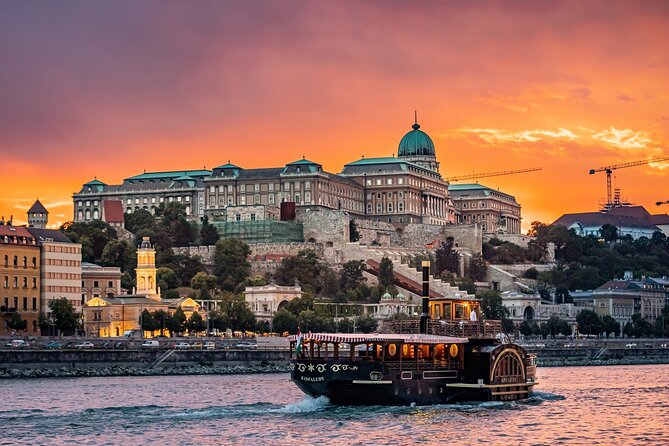The Significance and Beauty of the Danube River

Introduction
The Danube River is a vital waterway in Europe, flowing through ten countries and serving as a lifeline for numerous communities. Spanning approximately 2,860 kilometres, it is the second longest river in Europe, after the Volga. Its significance extends beyond sheer size; the Danube plays a crucial role in trade, agriculture, and tourism across the continent, making it an essential focus for environmental and economic discussions.
The Journey of the Danube
Originating in the Black Forest of Germany, the Danube flows southeast through countries including Austria, Slovakia, Hungary, Croatia, Serbia, Bulgaria, Romania, Moldova, and Ukraine before emptying into the Black Sea. As it winds through the heart of Europe, it passes through major cities such as Vienna, Budapest, and Belgrade, each of which has a rich cultural history rooted in this majestic river.
Ecological Importance
The Danube is not just significant for human activity; it is also a critical ecosystem that supports a diverse range of wildlife. The river and its tributaries are home to various species of fish, birds, and plants, some of which are endemic. Efforts are being made to preserve the biodiversity of the Danube, particularly as pollution and climate change pose serious threats to its health. Various environmental organisations are working collaboratively across borders to monitor water quality and maintain habitats, recognising that a healthy river is essential for both nature and human communities.
Cultural and Economic Impact
Historically, the Danube has shaped trade routes for centuries, facilitating the exchange of goods and culture. Today, it continues to be a major shipping route that supports regional economies, especially in the transport of goods. Furthermore, the scenic beauty of the Danube attracts millions of tourists each year, who come to experience its picturesque landscapes and historic sites. River cruises have become increasingly popular, providing travellers with the chance to explore multiple countries in a single trip, thus promoting cultural exchange.
Conclusion
The Danube River stands as a testament to the interconnectedness of nature, culture, and economy in Europe. Its vast journey through various nations highlights the importance of international cooperation in managing shared resources. As we face global challenges such as climate change, the ongoing efforts to protect the Danube will be essential not only for the river’s health but also for the prosperity of the regions it nourishes. The future of the Danube will depend on a collective will to safeguard its beauty and utility for generations to come.









